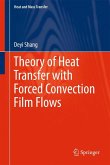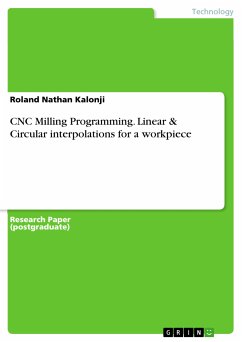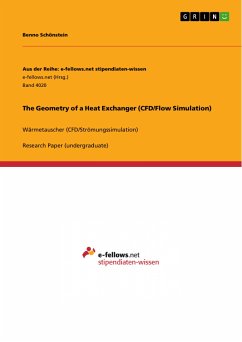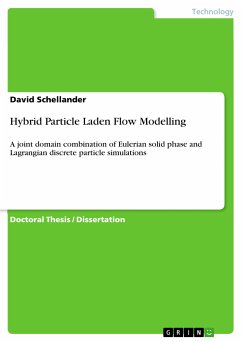Master's Thesis from the year 2018 in the subject Engineering - Mechanical Engineering, grade: 7.38, Savitribai Phule Pune University, formerly University of Pune (D.Y Patil School of Engineering), course: Master of Engineering, language: English, abstract: In this experimental analysis of heat transfer variation and its enhancement of the dropped and circular shapes, staggered pin fin heat sink under constant heat flux condition are presented through a conducted experimental comparison between aluminium, stainless steel and iron materials with circular and dropped shaped pin fins. A pin fin is fabricated from heat sink aluminium (Aluminium-Magnesium-Silicon Alloy), Stainless steel and ferrous material with a diameter of 10 mm. The Base plate is also same material and fins are mounted on a base plate with the help of a thread. Various trials were conducted on each material for choosing the best materials for more heat transfer. Also, to choose which is the best shape of pin fins i.e. circular or dropped for enhancing maximum heat transfer. Also, trials were conducted to find out from forced convection from 2D or 1D which is more capable to transferring heat transfer and therefore to choose the best flow of heat transfer model. The total comparison between circular and dropped shaped pin fins was performed in this experimental analysis. Finally the results were validated by using ANSYS R14.5 simulation tool.
Dieser Download kann aus rechtlichen Gründen nur mit Rechnungsadresse in A, B, BG, CY, CZ, D, DK, EW, E, FIN, F, GR, HR, H, IRL, I, LT, L, LR, M, NL, PL, P, R, S, SLO, SK ausgeliefert werden.









